Book Post 34: 14-20 April 2019
Every week I post some of the books I have received recently. In today’s Book Post 34 included are some of the titles I have received in the past few weeks.
22 April 2019
Every week I post some of the books I have received recently. In today’s Book Post 32 included are some of the titles I have received in the past few weeks.
8 April 2019
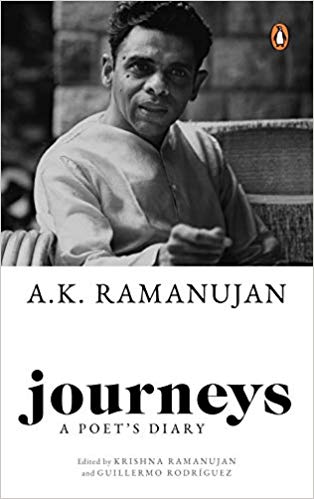
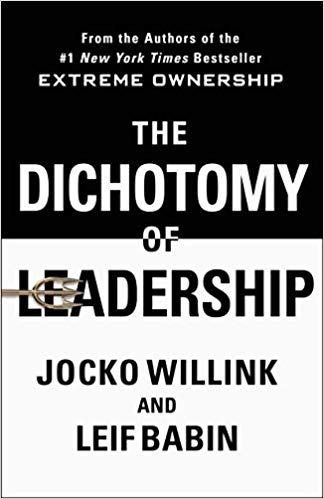
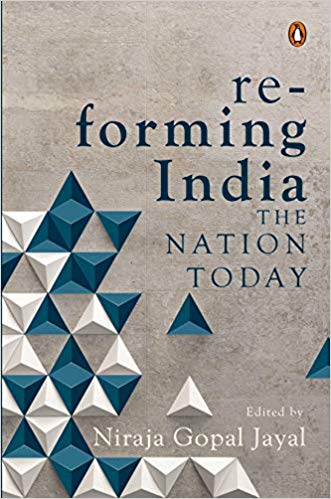
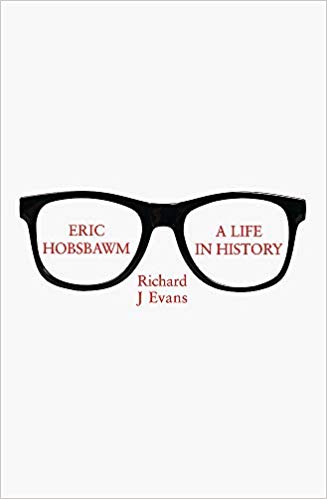
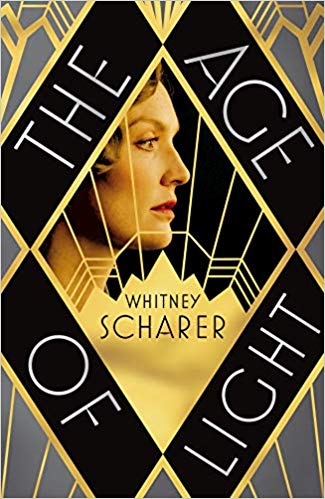
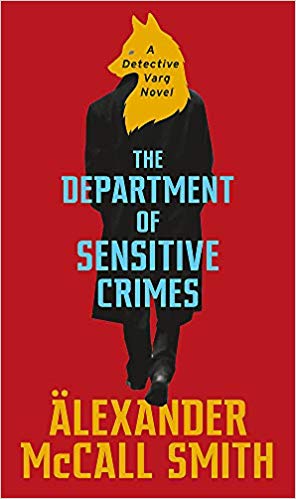
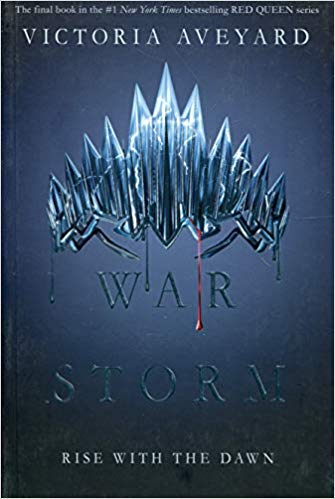
At the beginning of the week I post some of the books I have received recently. In today’s Book Post 29 included are some of the titles I have received in the past few weeks.
11 March 2019

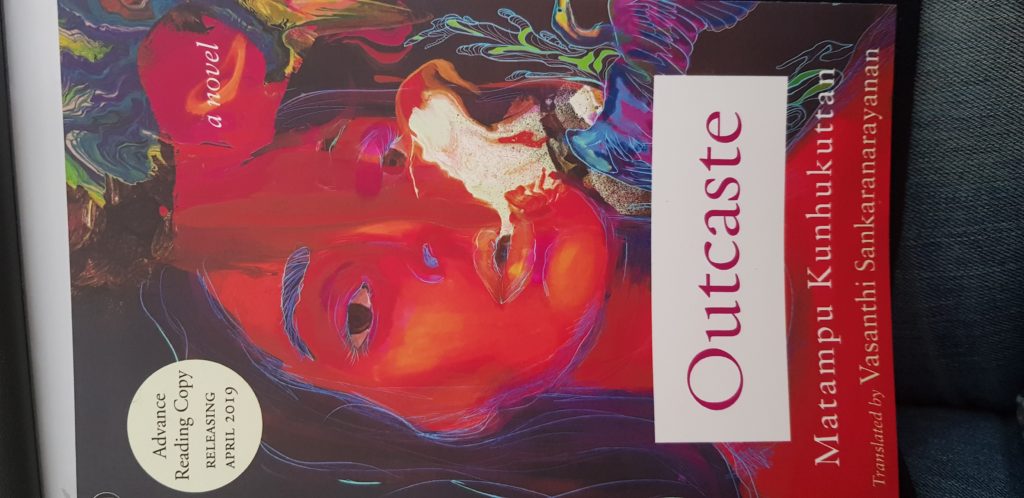











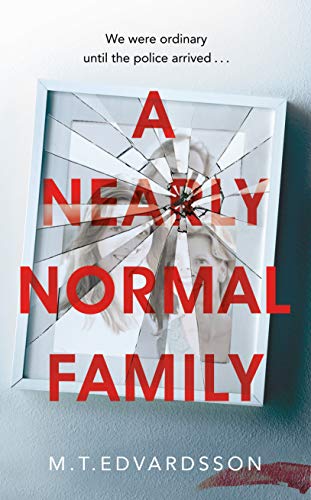
The Hungryalists: The Poets Who Sparked a Revolution by Maitreyee Bhattacharjee Chowdhury is an interesting tribute to a short lived but intense literary movement in West Bengal that has left an lasting impact around the world. Their well documented relationship with the Beats poet is also analysed in The Hungryalists. This book will become one of the go-to reads on The Hungryalists precisely for the very reason that little documentation of the movement exists in English as these poets mostly wrote in Bengali. So to transcend languages and cultures requires a bridging language which is English.
The Hungryalist or the hungry generation movement was a literary movement in Bengali that was launched in 1961, by a group of young Bengali poets. It was spearheaded by the famous Hungryalist quartet — Malay Roychoudhury, Samir Roychoudhury, Shakti Chattopadhyay and Debi Roy. They had coined Hungryalism from the word ‘Hungry’ used by Geoffrey Chaucer in his poetic line “in the sowre hungry tyme”. The central theme of the movement was Oswald Spengler’s idea of History, that an ailing culture feeds on cultural elements brought from outside. These writers felt that Bengali culture had reached its zenith and was now living on alien food. . . . The movement was joined by other young poets like Utpal Kumar Basu, Binoy Majumdar, Sandipan Chattopadhyay, Basudeb Dasgupta, Falguni Roy, Tridib Mitra and many more. Their poetry spoke the displaced people and also contained huge resentment towards the government as well as profanity. … On September 2, 1964, arrest warrants were issued against 11 of the Hungry poets. The charges included obscenity in literature and subversive conspiracy against the state. The court case went on for years, which drew attention worldwide. Poets like Octavio Paz, Ernesto Cardenal and Beat poets like Allen Ginsberg visited Malay Roychoudhury. The Hungryalist movement also influenced Hindi, Marathi, Assamese, Telugu & Urdu literature. ( “The Hungryalist Movement: When People Took Their Fight Against The Government” Md Imtiaz, The Logical Indian, 29 June 2016)
*****
With the permission of the publisher here are two short extracts from the book:
Like everywhere else, the shadow of caste hung over the burning ghats as well. There were different burning sections for different castes. The Indian poets accompanying Ginsberg were usually Brahmins. Being there and smoking up was in itself an act of defiance, which normally nobody but the tantrics indulged in. Sunil, who had brought in his dead father here not too long ago, even joked about the place. Later, Ginsberg would go on to write:
I lay in my Calcutta bed, eye fixed
On the green shutters in the wall, crude
Wood that might have been windows
in your Cottage, with a rusty nail
and a ring iron at the hand
To open on heaven. A whitewashed
Wall, the murmur of sidewalk sleepers,
the burning ghat’s sick rose flaring
like matchsticks miles away, my cough
from flu and too many cigarettes,
prophet Ramakrishna banning
the bowels and desires—
War was on everyone’s mind. Ginsberg spoke extensively on what he called the ‘era of wars’. ‘There are as many different wars as the very nature of these wars,’ he had told his fellow poets. Following the death of Stalin and the Cuban Missile Crisis, an uneven calm seemed to have descended, only to be followed by skirmishes here and there. Issues of sovereignty dominated East and West Germany; the Kurds and Iraq were at loggerheads; closer home, the Tibetans were, of course, still struggling to ward off the Chinese invasion of their lands.
Without much ado, Ginsberg, along with Orlovsky and Fakir, arrived one Sunday at the Coffee House looking for Bengali poets. The cafe was abuzz with writers, editors and journalists. Each group had a different table—some had joined two or more tables and brought together different conversations on one plate. But somehow, everyone seemed to have an inchoate understanding of the business of war and what it spelled out for them in the end.
Ginsberg’s arrival was something of a coincidence, Samir mused. Contrary to what one would think was a far-fetched reality, especially in bourgeois Calcutta, a significant number of young Indian students had around that time begun applying for undergraduate courses in American colleges and universities. Times had fundamentally changed, of course. Where once an aspiring middle-class Bengali academic might have chosen to pursue his studies at either Oxford or Cambridge or some university in the Soviet Union, the new mindset now included American universities as the next lucrative biggie to venture forth into. Typically, one would hear snide remarks and private jokes about it in inner circles—about the disloyalty apparent in such choices and more. But those with aspirational values had learnt to live with it, was Malay’s understanding.
Even amid the erratic crowd and the loud voices that drowned everything in coffee, Ginsberg commanded attention. Samir had recalled to Malay:
He approached our table, where Sunil, Shakti, Utpal and I sat, with no hesitation whatsoever. There was no awkwardness in talking to people he hadn’t ever met. None of us had seen such sahibs before, with torn clothes, cheap rubber chappals and a jhola. We were quite curious. At that time, we were not aware of how well known a poet he was back in the US. But I remember his eyes—they were kind and curious. He sat there with us, braving the most suspicious of an entire cadre of wary and sceptical Bengalis, shorn of all their niceties—they were the fiercest lot of Bengali poets—but, somehow, he had managed to disarm us all. He made us listen to him and tried to genuinely learn from us whatever it was that he’d wanted to learn, or thought we had to offer. Much later, we came to know that there had been suspicions about him being a CIA agent, an accusation he was able to disprove. In the end, we just warmed up to him, even liked him. He became one of us—a fagging, crazy, city poet with no direction or end in sight.
All around the Coffee House, there were discussions on war. Would the Chinese Army march up to Calcutta? Would the Indian soldiers hold out? During one of these discussions, Ginsberg spoke with conviction: ‘People who want peace must intervene now, before it’s too late. But, no one will, I’m afraid. Let’s have debates if you will, let’s get talking. Let the Nehrus, the Maos and the Kennedys of this world come together, sit across and talk. Who are we without a debate?’
******
Very early on, the Hungryalists had announced, rather brashly, their lack of faith and what they thought of god. To them religion was an utter waste of time, and they made no bones about this. In fact, in one of their bulletins, they had openly denounced god and called organized religion nonsense. Many of the Hungryalists, with their sharp knowledge of Hindu scriptures, had been challenging temple elders on the different rituals and modes of worship. This came as a shock to many, in a country where religion was very much a part of everyday life—a matter of pride and culture even. On the other hand, Ginsberg was evidently quite taken with religion in India and sought out sadhus and holy men wherever he went in the country. While this might have been because he was in search of a guru, he seemed to be fascinated, in equal measure, by the sheer variety that religion opened for him in India—from Kali worship to Buddhism. But like the Beats, the Hungryalists came together in denouncing the politics of war, which merged with their larger world view.
*****
A tribute to the Hungryalist movement was uploaded on YouTube. It is in Bengali. Here is the film. In the comments Malay RoyChoudhury has also replied.
Maitreyee Bhattacharjee Chowdhury The Hungryalists: The Poets Who Sparked a Revolution Penguin Viking, an imprint of Penguin Random House, an imprint of Penguin Random House, India, 2018. Hb. pp. 190 Rs 599
Further Reading:
Ankan Kazi “Open Wounds: The contested legacy of the Hungry Generation” Caravan, 1 October 2018
Juliet Reynolds “Art, the Hungryalists, and the Beats” Cafe Dissensus, 16 June 2016
“A new book chronicles the radically iconoclastic movement in Bengali poetry in the 1960s” Scroll, 8 Jan 2019
I recently contributed to How to Get Published in India edited by Meghna Pant. The first half is a detailed handbook by Meghna Pant on how to get published but the second half includes essays by Jeffrey Archer, Twinkle Khanna, Ashwin Sanghi, Namita Gokhale, Arunava Sinha, Ravi Subramanian et al.
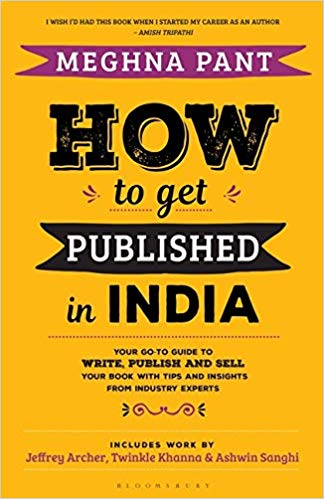
Here is the essay I wrote:
****
AS LONG as I can recall I have wanted to be a publisher. My first ‘publication’ was a short story in a newspaper when I was a child. Over the years I published book reviews and articles on the publishing industry, such as on the Nai Sarak book market in the heart of old Delhi. These articles were print editions. Back then, owning a computer at home was still a rarity.
In the 1990s, I guest-edited special issues of The Book Review on children’s and young adult literature at a time when this genre was not even considered a category worth taking note of. Putting together an issue meant using the landline phone preferably during office hours to call publishers/reviewers, or posting letters by snail mail to publishers within India and abroad, hoping some books would arrive in due course. For instance, the first Harry Potter novel came to me via a friend in Chicago who wrote, “Read this. It’s a book about a wizard that is selling very well.” The next couple of volumes were impossible to get, for at least a few months in India. By the fifth volume, Bloomsbury UK sent me a review copy before the release date, for it was not yet available in India. For the seventh volume a simultaneous release had been organised worldwide. I got my copy the same day from Penguin India, as it was released by Bloomsbury in London (at the time Bloomsbury was still being represented by Penguin India). Publication of this series transformed how the children’s literature market was viewed worldwide.
To add variety to these special issues of The Book Review I commissioned stories, translations from Indian regional languages (mostly short stories for children), solicited poems, and received lovely ones such as an original poem by Ruskin Bond. All contributions were written in longhand and sent by snail mail, which I would then transfer on to my mother’s 486 computer using Word Perfect software. These articles were printed on a dot matrix printer, backups were made on floppies, and then sent for production. Soon rumours began of a bunch of bright Stanford students who were launching Google. No one was clear what it meant. Meanwhile, the Indian government launched dial-up Internet (mostly unreliable connectivity); nevertheless, we subscribed, although there were few people to send emails to!
The Daryaganj Sunday Bazaar where second-hand books were sold was the place to get treasures and international editions. This was unlike today, where there’s instant gratification via online retail platforms, such as Amazon and Flipkart, fulfilled usually by local offices of multi-national publishing firms. Before 2000, and the digital boom, most of these did not exist as independent firms in India. Apart from Oxford University Press, some publishers had a presence in India via partnerships: TATA McGraw Hill, HarperCollins with Rupa, and Penguin India with Anand Bazaar Patrika.
From the 1980s, independent presses began to be established like Kali for Women, Tulika and KATHA. 1990s onwards, especially in the noughts, many more appeared— Leftword Books, Three Essays, TARA Books, A&A Trust, Karadi Tales, Navayana, Duckbill Books, Yoda Press, Women Unlimited, Zubaan etc. All this while, publishing houses established by families at the time of Independence or a little before, like Rajpal & Sons, Rajkamal Prakashan, Vani Prakashan etc continued to do their good work in Hindi publishing. Government organisations like the National Book Trust (NBT) and the Sahitya Akademi were doing sterling work in making literature available from other regional languages, while encouraging children’s literature. The NBT organised the bi-annual world book fair (WBF) in Delhi every January. The prominent visibility in the international English language markets of regional language writers, such as Tamil writers Perumal Murugan and Salma (published by Kalachuvadu), so evident today, was a rare phenomenon back then.
In 2000, I wrote the first book market report of India for Publisher’s Association UK. Since little data existed then, estimating values and size was challenging. So, I created the report based on innumerable conversations with industry veterans and some confidential documents. For years thereafter data from the report was being quoted, as little information on this growing market existed. (Now, of course, with Nielsen Book Scan mapping Indian publishing regularly, we know exact figures, such as: the industry is worth approximately $6 billion.) I was also relatively ‘new’ to publishing having recently joined feminist publisher Urvashi Butalia’s Zubaan. It was an exciting time to be in publishing. Email had arrived. Internet connectivity had sped up processes of communication and production. It was possible to reach out to readers and new markets with regular e-newsletters. Yet, print formats still ruled.
By now multinational publishing houses such as Penguin Random House India, Scholastic India, Pan Macmillan, HarperCollins India, Hachette India, Simon & Schuster India had opened offices in India. These included academic firms like Wiley, Taylor & Francis, Springer, and Pearson too. E-books took a little longer to arrive but they did. Increasingly digital bundles of journal subscriptions began to be sold to institutions by academic publishers, with digital formats favoured over print editions.
Today, easy access to the Internet has exploded the ways of publishing. The Indian publishing industry is thriving with self-publishing estimated to be approximately 35% of all business. Genres such as translations, women’s writing and children’s literature, that were barely considered earlier, are now strong focus areas for publishers. Regional languages are vibrant markets and cross-pollination of translations is actively encouraged. Literary festivals and book launches are thriving. Literary agents have become staple features of the landscape. Book fairs in schools are regular features of school calendars. Titles released worldwide are simultaneously available in India. Online opportunities have made books available in 2 and 3-tier towns of India, which lack physical bookstores. These conveniences are helping bolster readership and fostering a core book market. Now the World Book Fair is held annually and has morphed into a trade fair, frequented by international delegations, with many constructive business transactions happening on the sidelines. In February 2018 the International Publishers Association Congress was held in India after a gap of 25 years! No wonder India is considered the third largest English language book market of the world! With many regional language markets, India consists of diverse markets within a market. It is set to grow. This hasn’t gone unnoticed. In 2017, Livres Canada Books commissioned me to write a report on the Indian book market and the opportunities available for Canadian publishers. This is despite the fact that countries like Canada, whose literature consists mostly of books from France and New York, are typically least interested in other markets.
As an independent publishing consultant I often write on literature and the business of publishing on my blog … an opportunity that was unthinkable before the Internet boom. At the time of writing the visitor counter on my blog had crossed 5.5 million. The future of publishing is exciting particularly with neural computing transforming the translation landscape and making literature from different cultures rapidly available. Artificial Intelligence (AI) is being experimented with to create short stories. Technological advancements such as print-on-demand are reducing warehousing costs, augmented reality is adding a magical element to traditional forms of storytelling, smartphones with processing chips of 8GB RAM and storage capacities of 256GB seamlessly synchronised with emails and online cloud storage are adding to the heady mix of publishing. Content consumption is happening on electronic devices AND print. E-readers like Kindle are a new form of mechanised process, which are democratizing the publishing process in a manner seen first with Gutenberg and hand presses, and later with the Industrial Revolution and its steam operated printing presses.
The future of publishing is crazily unpredictable and incredibly exciting!
3 Feb 2019
Every Monday I post some of the books I have received in the previous week. This post will be in addition to my regular blog posts and newsletter.
In today’s Book Post 23 included are some of the titles I received in the past few weeks and are worth mentioning and not necessarily confined to parcels received during the holiday season.
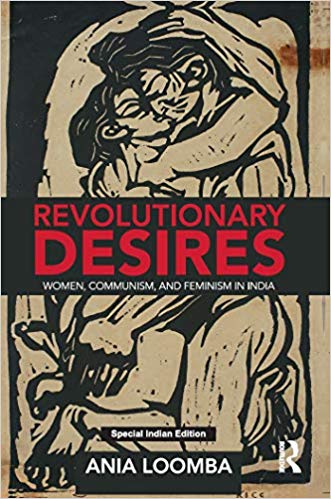
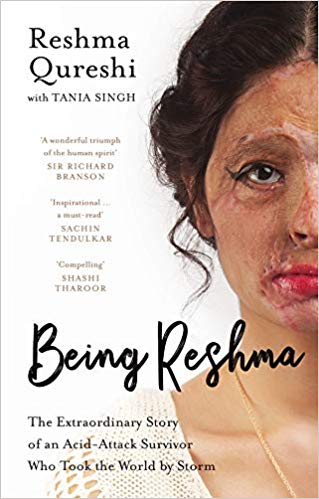
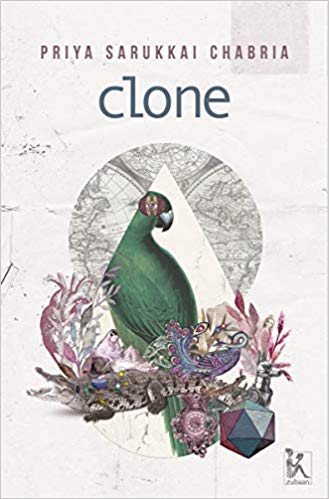
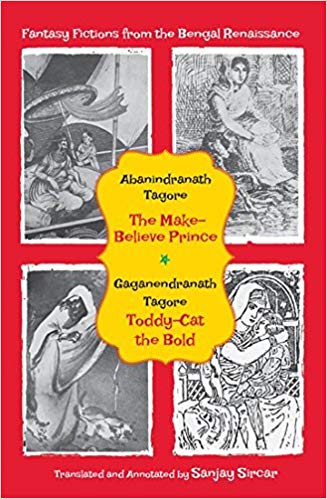
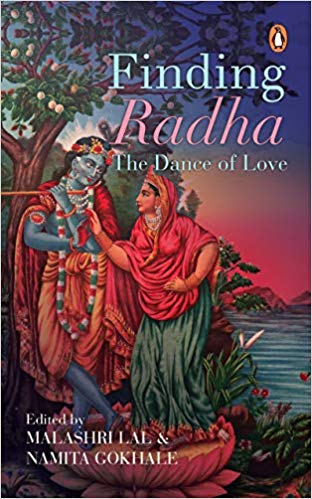
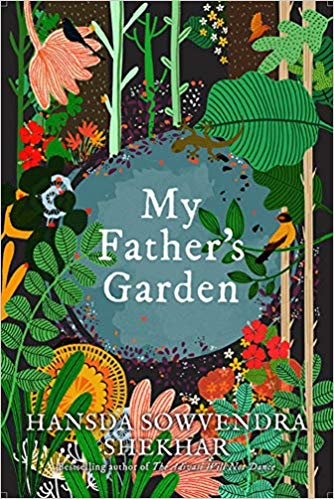
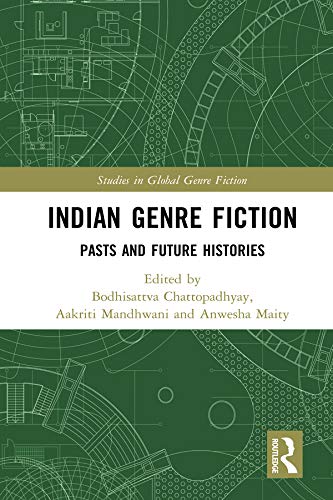
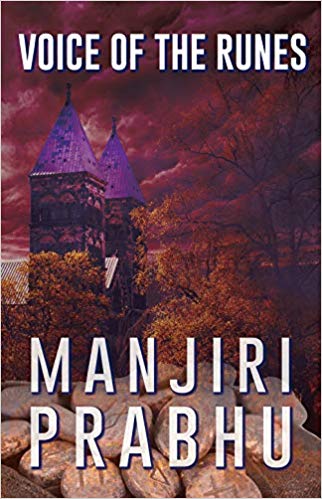
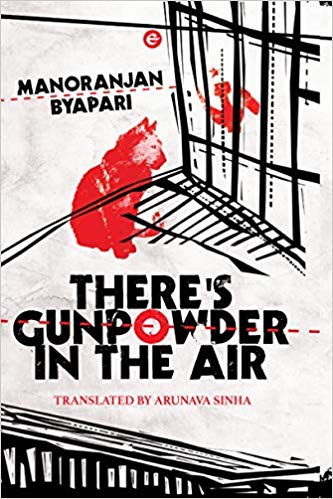
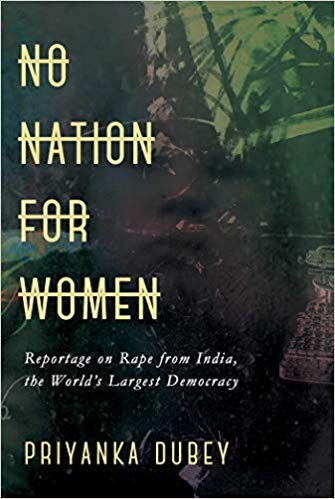

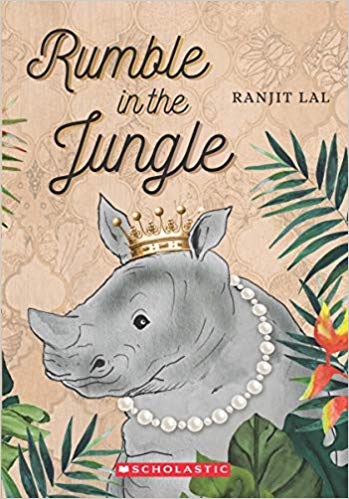
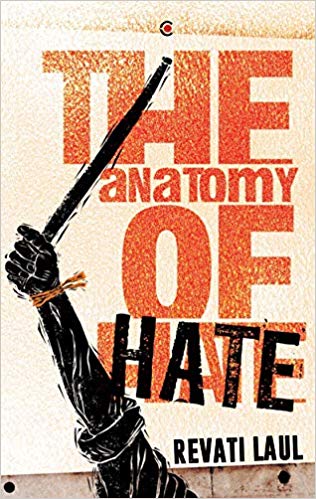
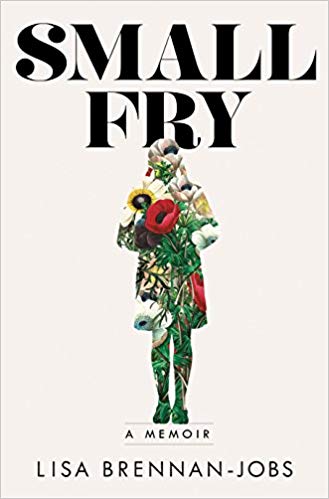
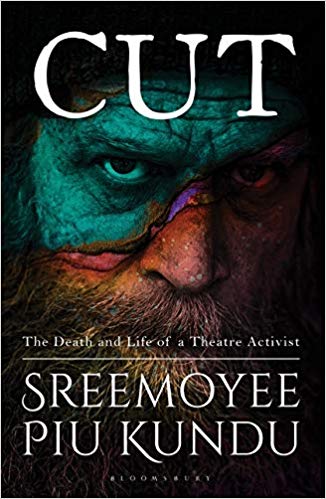
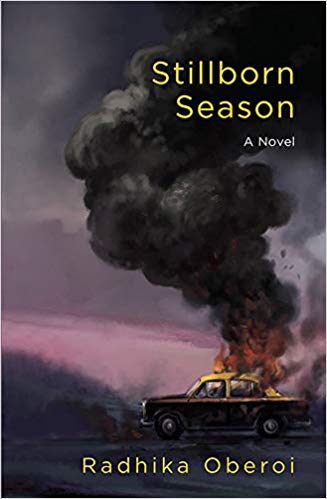
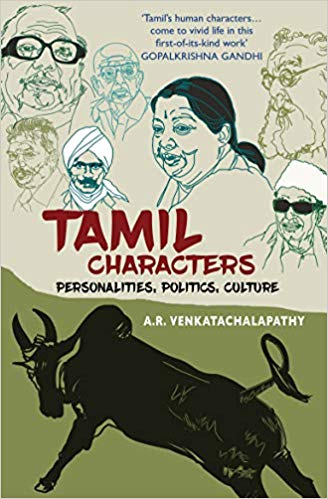

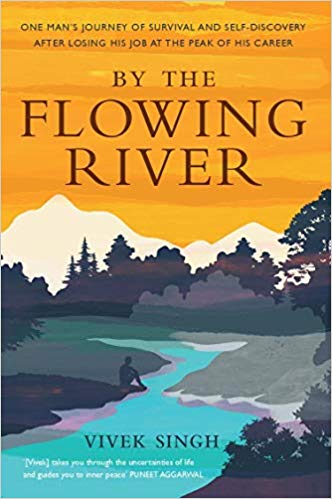
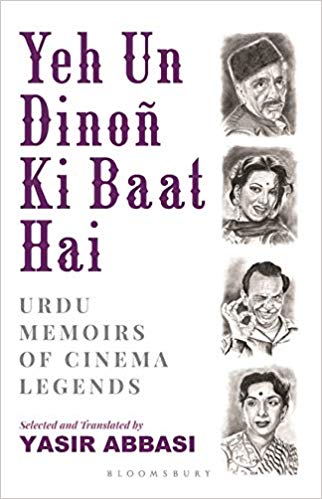
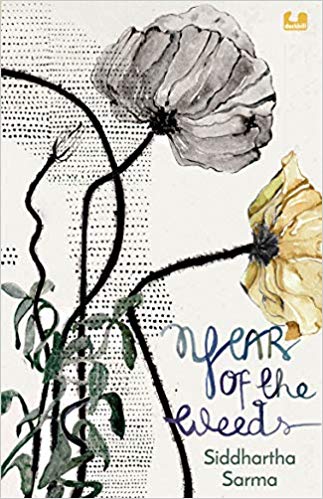
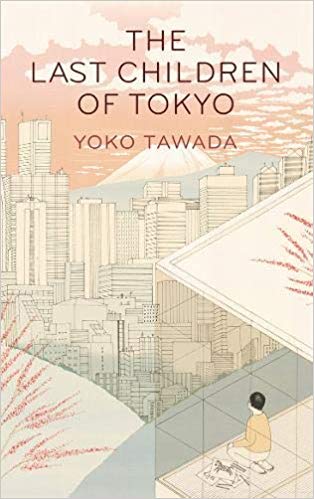
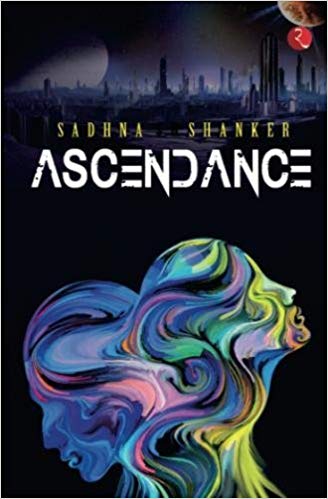
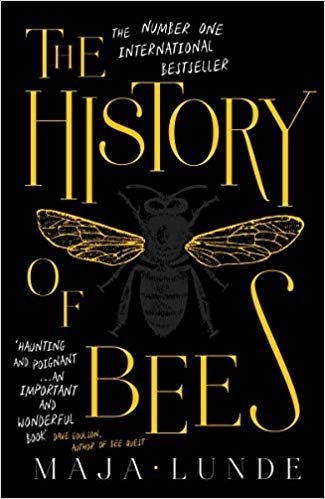

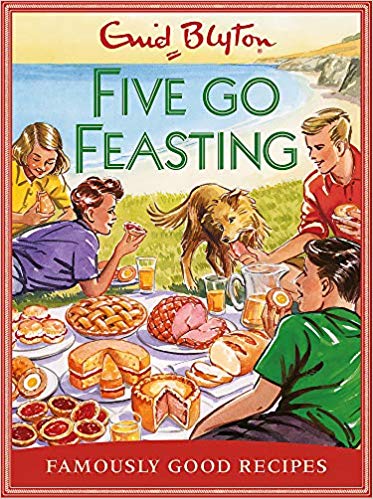
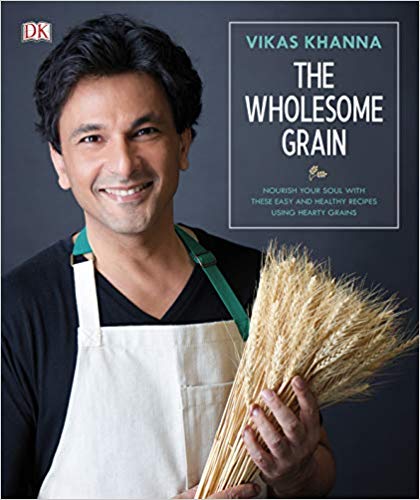
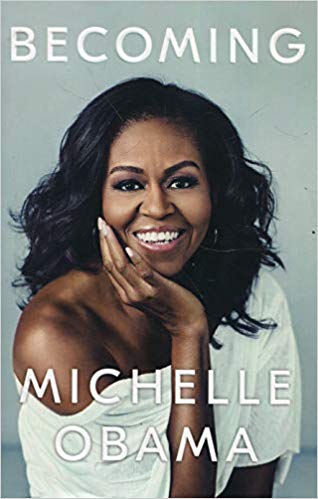
Enjoy reading!
7 January 2019